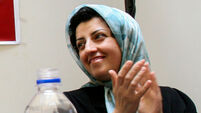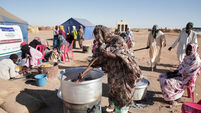UN warns 30,000 Ethiopian children may starve to death
As many as 300,000 Ethiopian children will die from malnutrition this year if donors do not come forward with food aid and funds, a UN official said today.
The UN children’s agency urgently needs €8.5m in the next 60 days to feed about 170,000 of those who are now close to starving to death, said Bjorn Ljungqvist, the agency’s head in Ethiopia.














